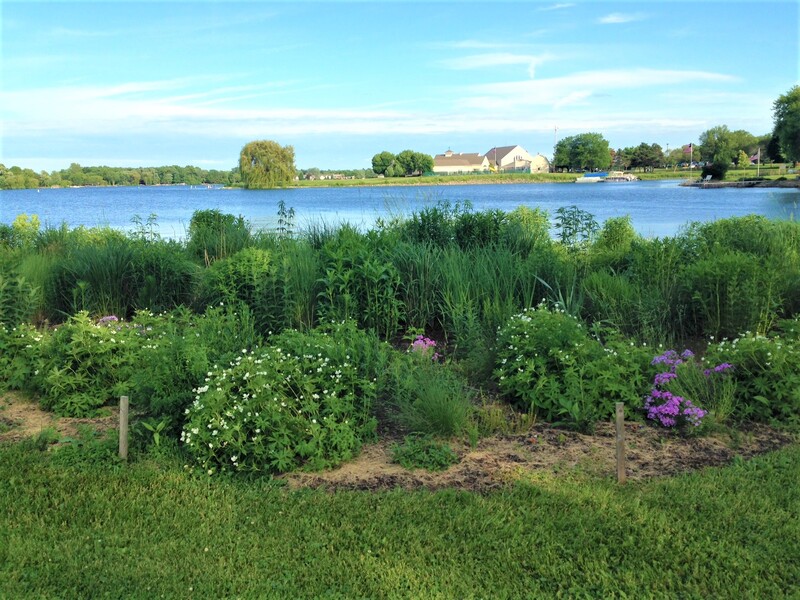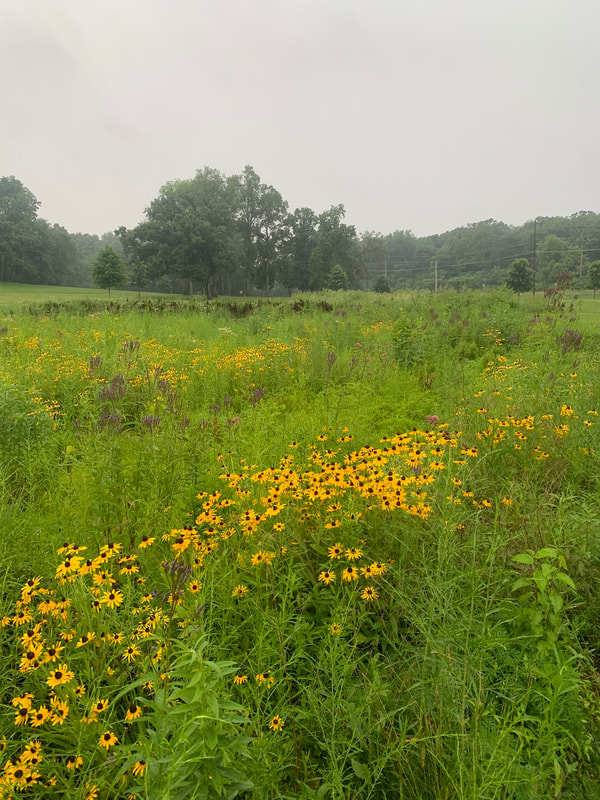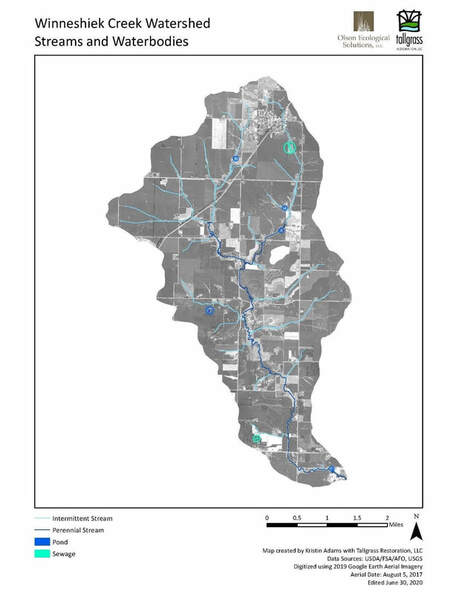Grant Writing & Administration
Whether you would like to install a small rain garden outside a school building or construct a large wetland in a river corridor, there are funding organizations out there who want to support the same environmental causes you care about. OES identifies suitable funding sources for projects, writes grant applications, and administers grants once awarded.
Stormwater and Natural Wetland Design
|
Wetlands are “nature’s kidneys,” known to filter pollutants like fertilizers, sediment, heavy metals, gas, oils, and salt out of the water that passes through it. Using this function of nature in built environments, OES plans for the use of constructed wetlands to filter stormwater and designs the wetlands in partnership with an engineer. Often there isn’t enough land to construct a wetland large enough to handle the watershed’s runoff with full efficacy, so OES enhances wetland capabilities by adding complimentary BMPs such as sediment forebays, bio-filtration matrix, level spreaders, and even polymers when safe.
Select Projects:
A Cleaner Levings Lake, Rockford, IL. OES and McClure Engineering designed an extended detention storm-water wetland to filter runoff entering Levings Lake from a 500-ac watershed of homes, industry, and farms. Candlewick Lake Biofiltration Project, Poplar Grove, IL. OES and Wendler Engineering designed a wetland that interrupts runoff from an agricultural field, filters it, and sends the cleaner water back into the channel to Candlewick Lake. This wetland includes permeable dams made of biofiltration matrix and level spreaders that allow the water prolonged contact with the wetland plants and soil before it exits. |
Bass Creek Wetland Mitigation Bank, Afton, WI.
OES assessed the existing wetland restoration plan for the wetland bank and modified the vegetation plan in order to exceed standards set forth by the governing agencies. Northern Illinois Wetland Bank, Cherry Valley, IL. OES designed the vegetative component of a wetland restoration at the wetland bank that exceeded the expectations set forth by the governing agencies within one year of growth. The plant community continues to exceed expectations. Sun Prairie Proposed Wetland Mitigation Bank, Sun Prairie, WI. OES and engineers created a restoration plan for the wetland at the bank site. OES consulted the engineers as to the needed site conditions & created the vegetative plans for sedge meadow, wet prairie, and shallow marsh wetland communities. Sinnissippi Bandshell Stormwater Improvements, Rockford, IL. OES provided the plans for filtering stormwater from an improved parking lot through drainage ways, a naturalized detention basin, and flanking a pedestrian walkway with native landscaping. Naturalization of Residential Drainage Swale, Rockford, IL. OES designed a drainage solution in a residential area, including removal of invasive vegetation and planting of native, wetland plants. Native Plantings in Stormwater Drainages for Soil Stabilization, Rockford, IL. OES worked with Fehr-Graham and Associates to create a native plant restoration plan and implementation plan in conjunction with an Illinois Environmental Protection Agency Stormwater Pollution Prevention Plan for the Rock River Water Reclamation District. |
Permitting
If a development will affect a wetland or stream, the developers may need to acquire relevant permits from entities at the federal, state, and local level. The amount of and type of permits needed depends on several factors, including how big of an impact a development will have on a wetland or stream and the quality of the disturbed wetland or stream. OES helps clients navigate this complicated regulatory process and acquire the relevant permits that will ensure the client doesn't incur any avoidable fines or other legal trouble. If development affecting a wetland or stream is inevitable, such loss often requires mitigation. For more information on how OES assists clients with mitigation, visit the "Wetland and Stream Mitigation" section under "Mitigate."
Watershed Planning
(Watershed, Regional, and Site Level)
|
Watershed and regional planning brings communities together and empowers them to improve their local environment. Site planning can stand alone or it can be a component of such larger planning efforts to increases natural function in a given region or watershed. OES works with teams of professionals to provide planning services to address water quality, natural area connectivity, and other environmental needs of the area. Planning involves working with volunteers and local professionals to determine environmental problems and sources, create goals and a vision, and form an action plan. The resulting plans of these processes include Best Management Practices (BMPs), which are nature based solutions that can be utilized to filter nonpoint source pollution, provide wildlife habitat, and prevent erosion.
|
|
Select Projects:
A Cleaner Levings Lake, Rockford, Illinois 2016-2017. OES is working with the Rockford Park District to plan and implement multiple best management practices to address pollution entering Levings Lake, home of West Rock Wake Park and local fishing lake. BMPs include constructed stormwater wetlands, BioHaven floating treatment wetlands, Elevated BioSwales and Silt Quilts, and filter strips. OES assisted the District in writing a grant to fund a watershed plan in order to work with upstream landowners to better protect the stream and lake. Candlewick Lake Watershed Action Plan, Poplar Grove, Illinois 2013-2014. OES worked with Candlewick Lake Association and other stakeholders to identify problem areas in the upstream watershed and along the lake’s edge and provide solutions to improve the lake’s water quality. OES secured funding for this planning effort on behalf of the Association from the Illinois Environmental Protection Agency. Clear Creek Watershed Action Plan, Dixon, Illinois, 2008 to 2011. OES worked with local stakeholders and environmental organizations to plan the reduction of nonpoint source pollution and improve water quality in the Clear Creek watershed near Dixon, Illinois using proactive, ecologically sound practices. OES secured funding on behalf of the Lost Nation/New Landing River Conservancy District from the Illinois Environmental Protection Agency. Spring Branch Sub-watershed Plan, Stephenson County, Illinois, 2014 scheduled to 2016. OES is working with Blackhawk Hills RC&D and the Yellow Creek Watershed Partnership to create a watershed plan for an impaired, headwater stream to the Pecatonica River: Spring Branch. OES secured funding on behalf of Blackhawk Hills from the Illinois Environmental Protection Agency. |
Upper Babbling Brook Multi-BMP Project, Dixon, IL.
OES worked with a consulting team to design the stabilization of 3 miles of Babbling Brook using multiple best management practices such as remeanders, stabilization, wetland and silt basin construction, cattle crossings, and tiling. OES secured funding for the project from the Illinois Environmental Protection Agency with additional funding from the Lost Nation/New Landing River Conservancy District and a private landowner. |






